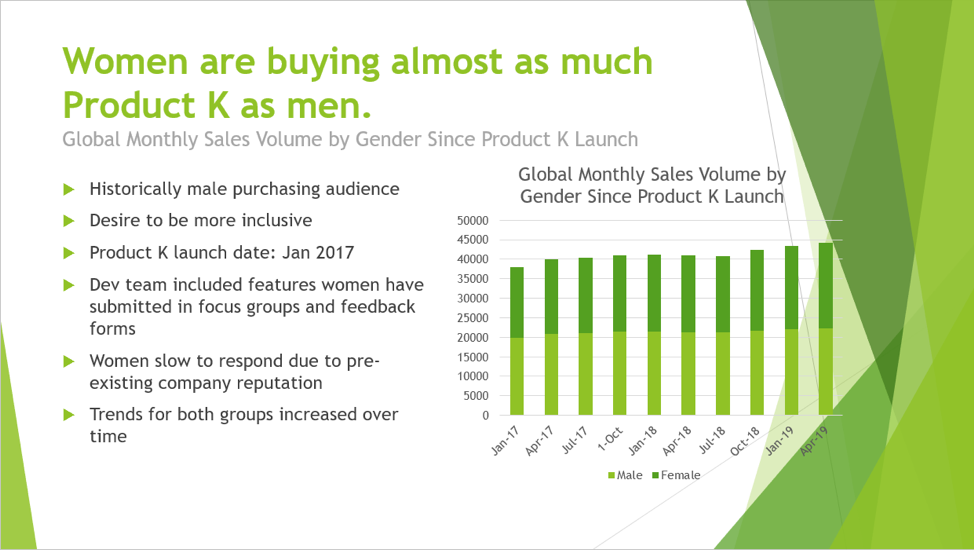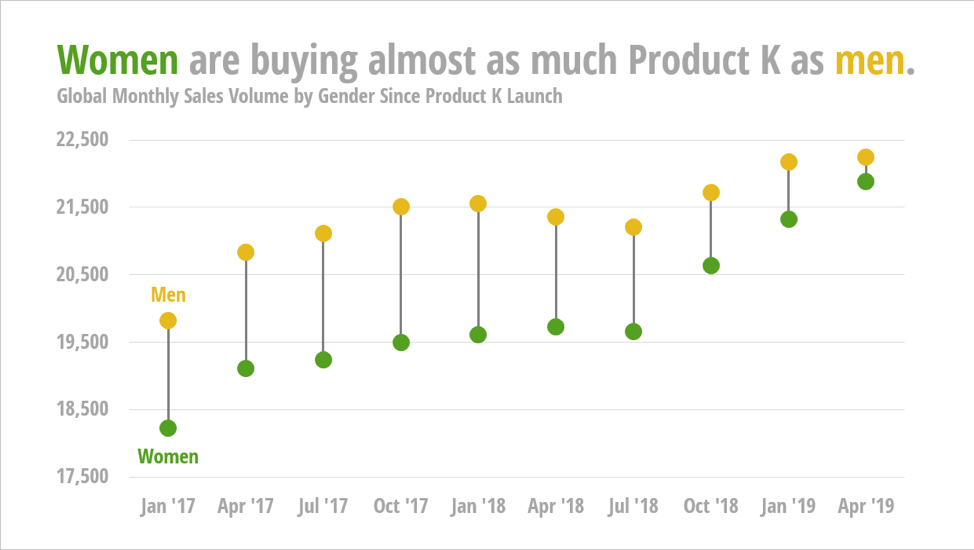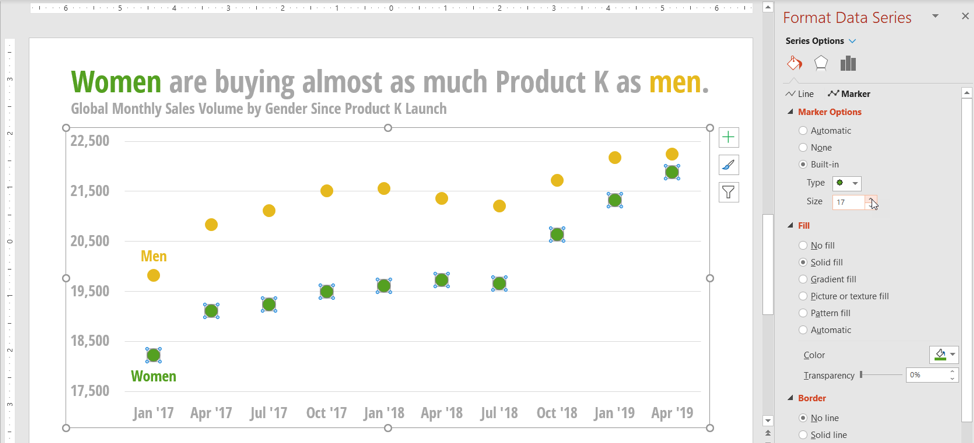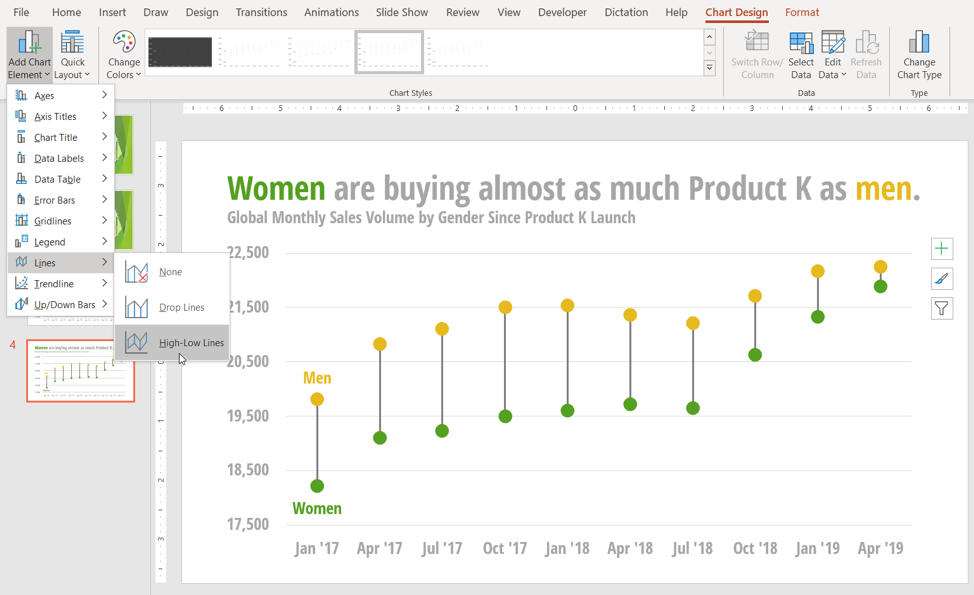
Guest contributed by Lauren Marie
With the rise of social media, the prevalence of judgment on parents has reached epidemic proportions.
This US study found that 90% of moms and 85% of dads feel judged by others, and nearly half of all parents feel judged almost all the time. This constant demand to conform to others’ rules not only undermines a parent’s wellbeing, it also stifles their ability to follow their dreams and create new financial opportunities for themselves and their families.
It doesn’t seem to matter whether you stay home to raise your children, put them in day care, have a nanny or family member caring for them, or something else. People feel they have the right to judge you for any choice you make involving children,
Is there a ‘right’ path for working parents? What if, rather than looking for what the right decisions are, you began to look for what your choices create, and choose what works for your family, regardless of other people’s judgments?
The modern family has grown undefined and can look completely different in every household. The idea that one size can fit all is a little crazy. What will work for you and your kids might not work for another family and that is okay!
Your choice creates awareness
Each choice you make will give you more clarity and direction to inform the choices you will make in the future. Instead of judging each choice as right or wrong, what if you look at the information you gained, and change course based on what occurs as you go? For example, let’s say you try out one day care based on a friend’s recommendation. Your child comes home unhappy, doesn’t want to go back, or cries every time you drop them off. This doesn’t mean that you made a bad choice. It is just more information you can use to make the next choice better and to give you more awareness of what works or doesn’t work for your child.
We think that we must make a decision and hold onto it, for fear that if we change our minds it will mean we were wrong or did something bad.
The capacity to change, to not have a fixed point of view, but rather a malleable reality that can look totally different in any moment, is one of your greatest gifts to the world and to your children.
Without having to hold onto a decision or a point of view, with no need of being right, and a total willingness to change on a dime, would you have to feel guilt or shame? What if you looked at the mistakes you’ve made as a chance to learn and grow and become greater?
Your children learn from watching and modeling you
If you judge yourself, you’re teaching your children to judge themselves too. Instead, have allowance for your choices, even the so-called mistakes, and you will teach your children to have allowance for themselves too.
That doesn’t mean you act without care or consequence. On the contrary, it means you ask questions all the time and choose based on what will create greater change for everyone involved.
Asking questions
When your children are at an age where they can reason and understand, begin asking them what works for them. Ask them where they want to go to school, who they want to play with, which nanny they like best? It doesn’t mean you have to do whatever your child wants, but it will allow them to feel empowered to make choices and gives you more information and feedback. You can also ask yourself questions… “I wonder what would happen if we chose to do: X, Y, or Z?”
What if you became curious again, about everything, the way children are?
Judging never creates greater
Guilt, blame, shame and regret are all based on judgment. Judging someone or something doesn’t make it better. It only locks what you are judging further into place. If you want something to change, you have to make a different choice.
We need to take pressure off ourselves by not looking at ourselves through other people’s eyes and by discovering what is actually true for us. Every time you begin to judge yourself, stop. It is a choice; it is not an automatic. Your point of view can actually become reality. If you believe you are not good enough, you never get it right, you’re a terrible mother … that’s what will reflect back at you.
You must put your kids to bed at a certain time, have limited amounts of “screen time,” read to them, give them appropriate social cues, teach them to play nicely with others. I’m sure you’ve heard all of this and more as the right way to parent and the right way to be a working mom. What you want to start looking at is which of these ‘rules’ are true and work for you and your kids, not just buy them all as real because someone else tells you it is so.
Judgments are not real. Let other people judge you however they judge you, don’t make it significant. You know you better than anyone. Trust in that; trust in you.
If you want to empower your children to love themselves, to trust themselves, and to make good decisions for themselves, you must show them by practicing allowance and trust for you first.
Practice gratitude for you
To truly get rid of guilt, blame, shame and regret, be grateful for who you are in the world, who you are in the workplace, who you are at home. This will start to shift the feelings of guilt and regret. When they come up, focus instead on something you can be grateful for about you. Watch the negative feelings shrink as the gratitude grows. Gratitude and judgment cannot coexist. It’s a muscle you can choose to build, and the more you use it the stronger it gets.
About the Author
Lauren Marie is a Joy of Business facilitator, acupuncturist, entrepreneur and mother of twins. She travels worldwide, facilitating classes and changing her clients’ point of view about life, health and business. Born on the outskirts of Washington D.C., Lauren now lives on Queensland’s Sunshine Coast. A passionate creator and conscious rule-breaker, Lauren seeks to inspire other mothers to see the possibilities they overlook and to embrace every challenge and choice that parenthood brings.
The opinions and views expressed by guest contributors are their own and do not necessarily reflect those of theglasshammer.com












